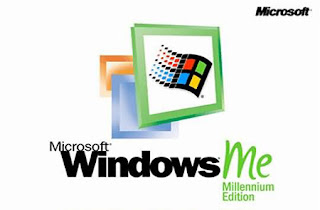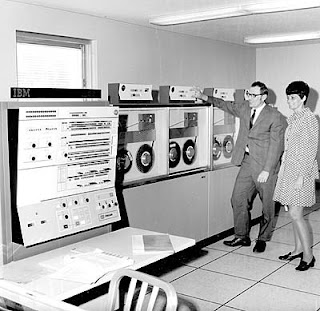 Jolt Cola may be gone forever from supermarket shelves. Fortunately, I’ve got quite a few hypercaffeinated bottles stashed away.
Jolt Cola may be gone forever from supermarket shelves. Fortunately, I’ve got quite a few hypercaffeinated bottles stashed away.
Jolt Cola is the mascot of the Jolt Awards, which originated at Miller Freeman’s Computer Language Magazine in 1990. (I was one of the founders of the awards, and served as a Jolt Judge for many years.) Sadly, the Jolt Awards are currently adrift without a publication or a conference to anchor them, and I’m worried that the 2009 Jolt Awards may be the last.
You can read the history of the Jolt Awards, as written by J.D. Hildebrand. There’s even a sidebar by yours truly about the award’s namesake soft drink.
But now, as Matthew Daneman wrote on Oct. 29 for the Democrat & Chronicle, a web-based newspaper covering the Rochester, N.Y., area, “Fizzling Jolt Cola may close“:
The heavily caffeinated cola introduced 24 years ago became a popular culture phenomenon and still was available at thousands of retailers in North America and Europe until earlier this year. But Pittsford-based Jolt Co. Inc. now seems likely to close, according to an attorney for the company, after a contentious attempt at reorganizing fell apart earlier this week.
The demise of Jolt would be a shame. While I rarely drink Jolt Cola any more (too much sugar, too much caffeine for my tastes these days), the drink will always have a special place in my too-rapidly pounding heart.















